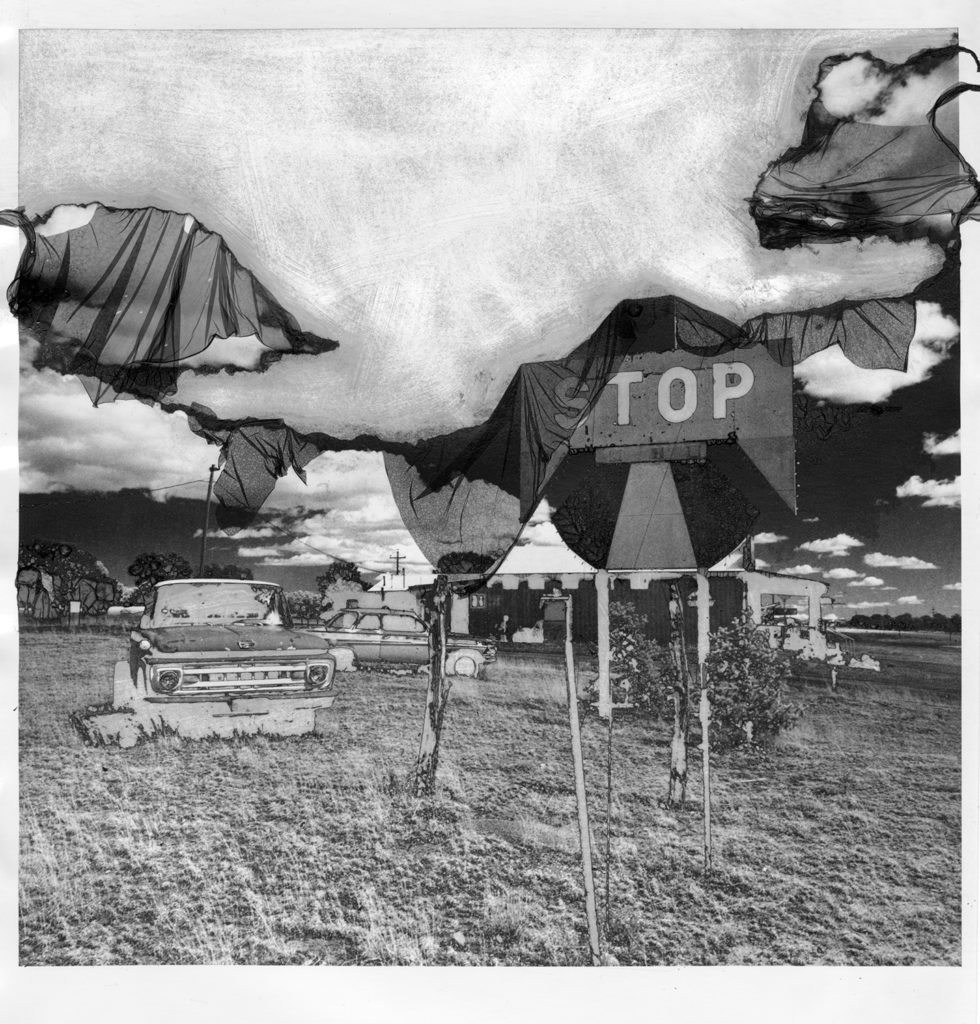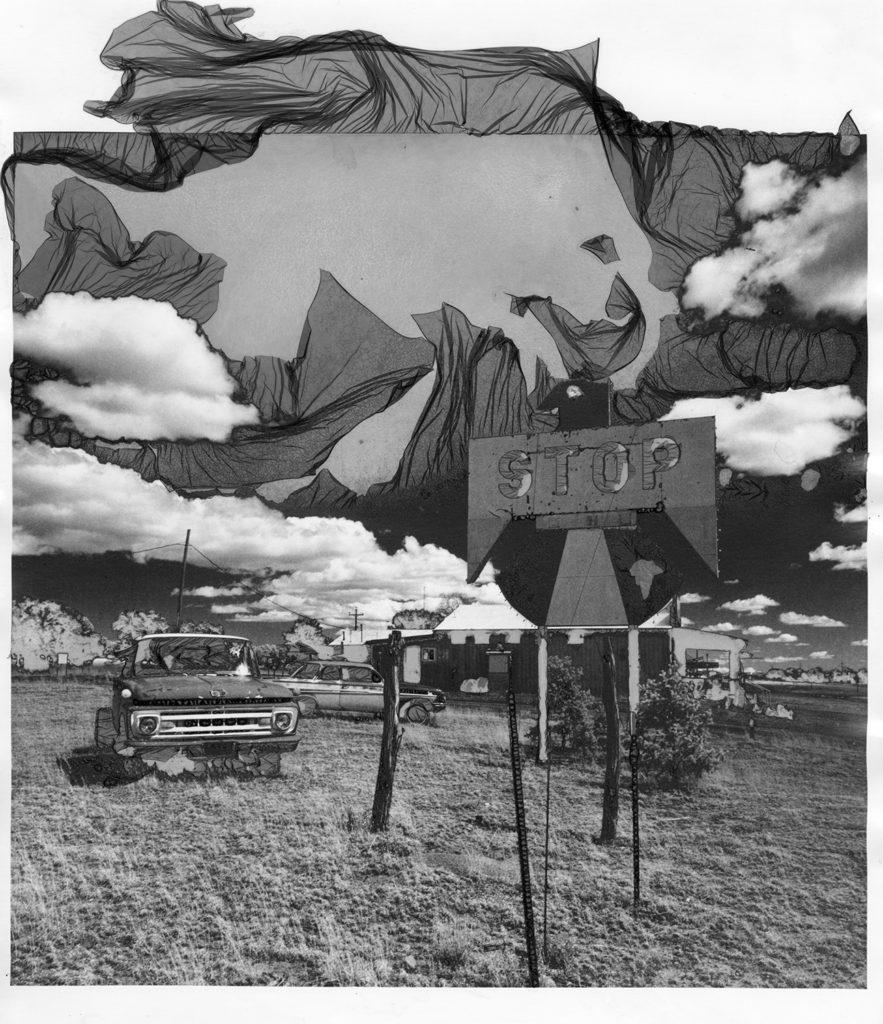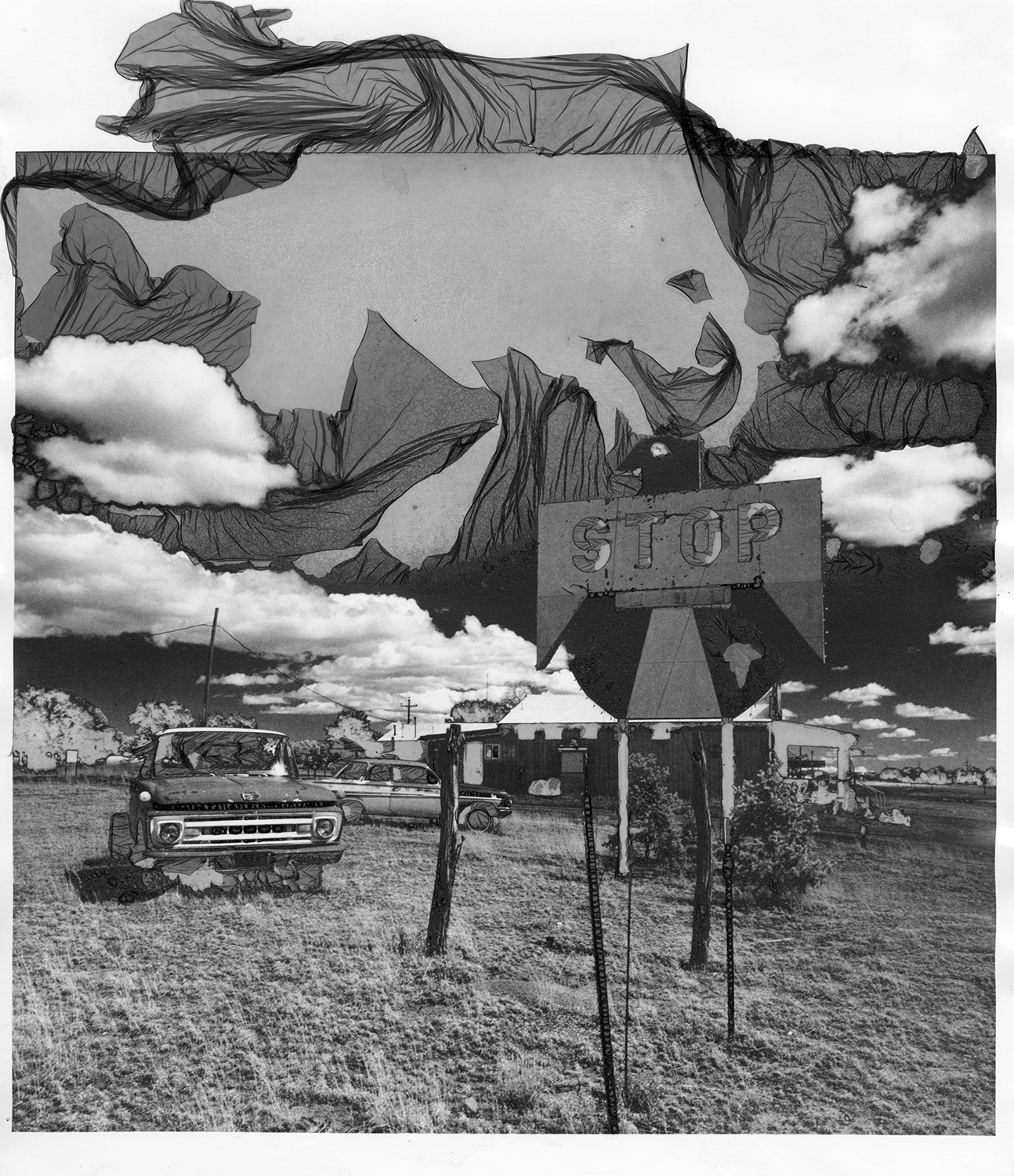It’s been a while since I’ve created in the darkroom, focusing much of my creative efforts over the last couple years on my ongoing “Skookum” landscape project. Shot and printed digitally, I’ve been missing the tactile experience of the analog experience. After a lengthy conversation with Tom Turner this last weekend, I also realized how much I was missing out on the element of active play. Stacking the odds against myself, I’ve been postponing my excursions into the darkroom until I have significant work to do – ensuring that intention, refined concepts and expectations trail along into my creative space with me. These elements hang on my shoulders, watching my progress with bated breath and, more often than not, show visible signs of disappointment and frustration when failure occurs. Anyone who has read Art and Fear knows the feelings, fears and anxieties that I’m speaking of and how it’s unwise to wait to create until you’re required to succeed to maintain your self-esteem, self-doubt and worth as an artist. So, pushing against that, this week I played with a process I have very little (and quite dated) experience with: Mordançage.
Five years ago, I attended an amazing workshop put on by alt-pro master Christina Z. Anderson at the now-shuttered NewSpace Center for Photography in Portland, Oregon. Chris served as my alt-pro mentor at the Academy of Art University during my MFA pursuit and completely revolutionized my workflow and my understanding of all alt-pro, so having a chance to connect with her again in-person wasn’t something I planned on passing up. In that weekend workshop, we covered three amazing photoprocesses I had zero experience with previously: Chemigram, Chromoskedasic Sabattier & Mordançage. I ran home and almost immediately picked up the Chemigram process, creating Emblem & Artifice over the two years that followed. The chemistry required for both Chromo and Mordançage initially intimidated me as well as the realities of getting said chemistry to Alaska cheaply, so as much as I had intended to pick all three up, the other two processes were put on the back burner (of my basement apartment in the AirBnB I sometimes rent out in another city in another state).
Fast forward to last month’s Society for Photographic Education Northwest Chapter Conference that I held at UAF and served as the organization chair for, and you have me doing everything I can do prepare in advance, working all the kinks out and finding contingency plans for everything – including Alex Krajkowski‘s Mordançage workshop. Looking forward to this very much, I ran test batches of chemistry to ensure everything ran smoothly and found myself looking beyond my initial process intimidations. Although I was unable to attend the full workshop he offered because of administrative responsibilities, that little liter bottle of used chemistry sitting in the darkroom tempted me, over and over, for the last month.

So, yesterday, I bit the bullet. I loaded up a negative I hadn’t been especially inspired by into the enlarger, printed various test strips and full prints and set toward bleaching and veiling. Say what you will about first images and beginner’s luck, I’m not only pretty happy with these images but I am certainly encouraged to continue to work in this process.
There’s certainly room for improvement and I’m already starting to learn the process enough to guess how I’d improve my images the next go around. Some of my blacks didn’t go dark enough to veil the entire sky, yet I found out that I was able to encourage additional veiling by some lightly pressured water in small areas. I found that I was a fan of a small fan-style brush to manipulate the veils and that Xacto knives did a great job at cutting the veils from the edges when desired. I also wish I had a small, squeezable water bottle with a small, pipette-like end to control the flow of water as I continued to clean the print and manipulate the veils.

I am already planning my next excursion into the darkroom and see great potential for this process to not only provide me with new work but also the benefit of play without clear expectations – something I’ve missed since my time on Emblem & Artifice. Thanks to Tom, Alex and Chris for their encouragement that got me to try this amazing process!

+There are no comments
Add yours